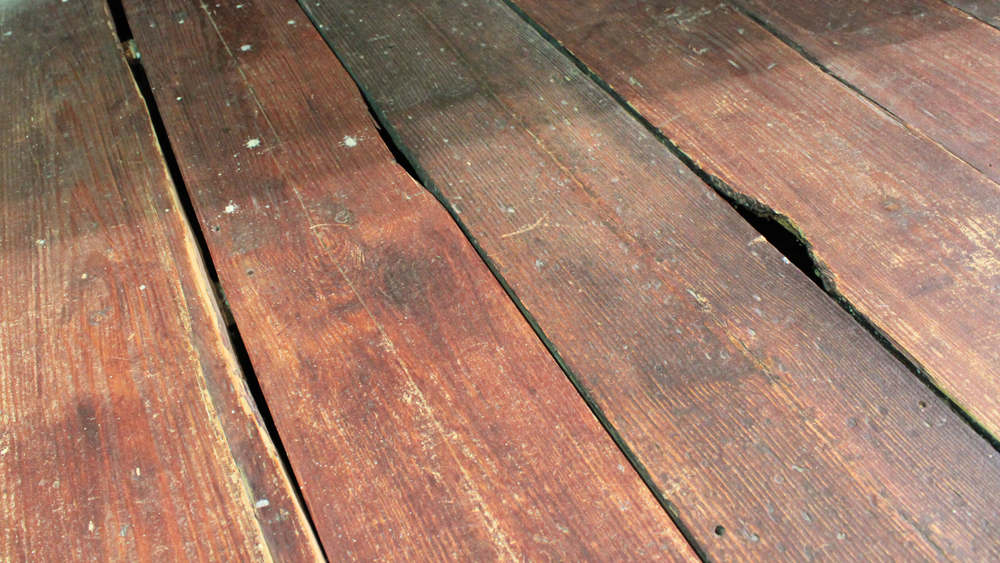Living in an older house offers a unique experience for many reasons. From timeless architectural details to layers of paint and wallpaper, these homes boast hidden features at every turn.
However, some quirks of older homes are hard to overlook, such as leaky basements, cramped closets, or flickering electricity—characteristics often labeled by realtors as “charm.” Creaky hardwood floors also fall into this category.
These floors may betray you at night with every step, causing noises as you tiptoe into the kitchen for a snack. But what’s more unsettling is when they emit squeaks and cracks even when the house is quiet. Your mind may play tricks on you in the darkness, conjuring images of unseen footsteps.
Fortunately, you have options for addressing this issue and restoring peace to your floors.
Reasons for Creaky Floors:
Over time, the fasteners holding the subfloor to the joists or the hardware securing the flooring material can loosen. In older homes, nails may begin to back out, allowing the floor to shift. Gaps between floor joists and the subfloor or flooring material can cause wood to creak as it rubs against itself under pressure from footsteps.
How to Silence Creaky Wood Floors:
Lisa Kaplan Gordon explains in an article for Realtor.com that squeaks occur when a house settles and wood flooring contracts and expands. This friction between floorboards, the subfloor, or nail casings causes the noise.
Here are steps to identify and address the source of the squeak:
Locate the Source: Have one person listen from the level below the noisy floor while another walks around above. This two-person method helps pinpoint the origin of the sound.
From Below: Options for fixing the noisy floor from below include:
Using construction adhesive or carpenter’s glue on a thin wood shim and gently tapping it between joists or floorboards.
Filling larger gaps with construction adhesive using a caulking gun.
From Above: Methods for quieting floors from above include:
Sprinkling talcum powder into noisy cracks to lubricate rubbing surfaces.
Driving ring-shank flooring nails or cement-covered flooring nails into seams between rubbing parts.
Driving two nails at opposite 45-degree angles into joists to reconnect separated floorboards and using wood filler to fill the holes.
Supporting the Subfloor: Adding support or cleats to the underside of the subfloor can stabilize it and reduce creaking. Toe screwing the subfloor board into adjacent floor joists can also help.
Lubricating Neighboring Surfaces: Rubbing beeswax into squeaky floor cracks can temporarily alleviate noise by reducing friction. For floors laid over existing surfaces without adhesive, use a floor lubricant.
By following these steps, you can address creaky floors in your older home and restore tranquility to your living space.





